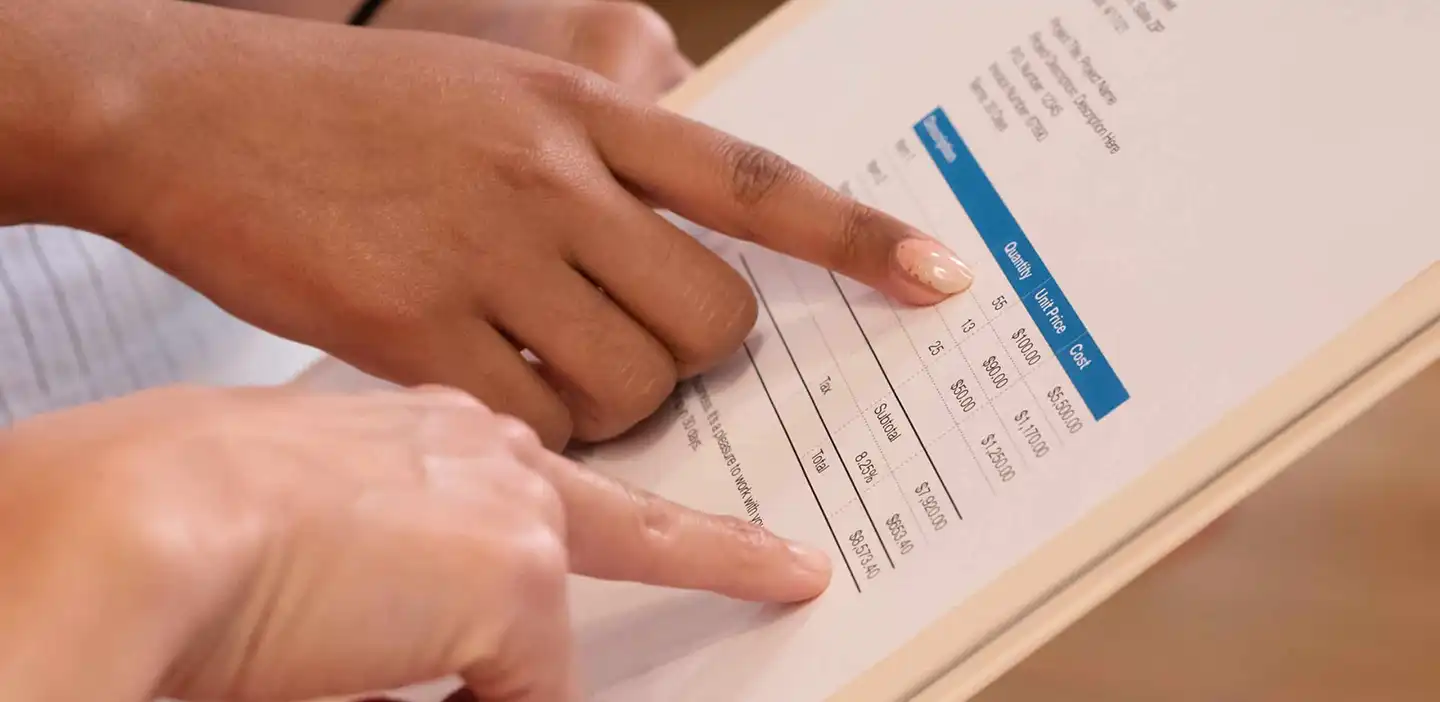Physical Therapy Procedure Codes: A Comprehensive Guide
Understanding Physical Therapy CPT Codes
CPT codes, maintained by the American Medical Association (AMA), standardize billing for medical services, including physical therapy. Unlike ICD-10 codes, which describe diagnoses (e.g., M54.5 for low back pain), CPT codes specify treatments rendered. For example:
- 97110: Therapeutic exercises for strength/ROM.
- 97140: Manual therapy techniques.
- 97530: Therapeutic activities focusing on functional tasks.
Why It Matters: Proper coding ensures accurate reimbursement, compliance, and minimizes audit risks. A 2023 AMA study found that 80% of claim denials stem from coding errors, costing clinics an average of $15,000 annually.
2025 CPT Updates: Anticipated codes include 98XXX (advanced manual therapy) and 99XXX (telehealth assessments). Always verify final codes via the AMA’s annual update.
Top 10 Physical Therapy CPT Codes in 2024–2025
- 97110: Therapeutic exercises (most frequently used, yet often under-documented).
- 97140: Manual therapy (e.g., joint mobilization).
- 97530: Therapeutic activities (dynamic tasks like squat-to-stand).
- 97116: Gait training (post-stroke or post-surgical rehab).
- 97164: PT re-evaluation (requires revised plan of care).
- 97750: Physical performance testing.
- G0283: Unattended electrical stimulation.
- 97535: Home management training (e.g., post-hip replacement safety).
- 97112: Neuromuscular re-education (balance/proprioception).
- 98975-98978: Remote Therapeutic Monitoring (RTM) codes for telehealth.
Pro Tip: Pair codes like 97140 + 97530 only if performed in separate 15-minute intervals, using Modifier 59 to bypass NCCI edits.
Modifier 59 and CCI Edits: Navigating Complexity
Modifier 59 signals distinct services performed during the same visit. Example: A patient receives manual therapy (97140) for lumbar stiffness and therapeutic activities (97530) for lifting mechanics. To bill both:
- Document separate 15-minute blocks.
- Use Modifier 59 on 97530.
CCI Edits to Watch:
- 97140 cannot be billed with 97124 (massage) under any circumstances.
- 97530 is bundled with 97750 (performance tests) unless modifier applies.
2024 Medicare Rule: Avoid overusing modifier 59—it’s a top audit trigger. Instead, use X modifiers (e.g., XE for separate encounters) when possible.
Documentation Must Include:
- Standardized tests (e.g., Berg Balance Scale).
- Functional goals (e.g., “Patient will ascend 12 stairs independently in 2 weeks”).
Deep Dive: Modifier 59 and CCI Edits
READ MORE
Modifier 59 remains one of the most misunderstood yet critical tools for bypassing National Correct Coding Initiative (NCCI) edits. These edits prevent “unbundling” (billing separate codes for services typically performed together).
Key Scenarios for Modifier 59:
- Separate Anatomical Sites: Treating a patient’s left shoulder (97140) and right knee (97530) in the same session.
- Distinct Time Blocks: 15 minutes of manual therapy (97140) followed by 15 minutes of therapeutic activities (97530).
- Unrelated Services: Post-surgical scar mobilization (97140) and postural training (97535) for a breast cancer survivor.
High-Risk CCI Edits for 2024:
- 97140 + 97124 (Massage): Never bill together—mutually exclusive.
- 97530 + 97750 (Performance Tests): Use Modifier 59 only if performed in separate intervals.
- 97110 + 97035 (Ultrasound): Allowed without a modifier if documented as separate services.
Documentation Essentials:
- Specify time spent on each service.
- Link each code to a unique clinical goal (e.g., “97140: Improved lumbar mobility to reduce fall risk”).
- Avoid generic terms like “therapy provided” or “patient tolerated well.”
Example Audit Failure: A Michigan clinic faced a $32,000 penalty for appending Modifier 59 to 97530 without time-block documentation.
Evaluations vs. Re-Evaluations: Key Scenarios
- Initial Eval (97161–97163): Use for new conditions (e.g., a patient with rotator cuff tear post-discharge after 60 days).
- Re-Eval (97164): Triggered by significant changes (e.g., a runner with patellofemoral pain developing hip instability mid-treatment).
Evaluations vs. Re-Evaluations: Advanced Scenarios
READ MORE
The 2017 shift to tiered evaluation codes (97161–97163) demands precision in complexity assessment.
Case Study 1: Low Complexity (97161)
- Patient: 35-year-old with acute ankle sprain (ICD-10: S93.401A).
- Assessment: 1 body region, no comorbidities, straightforward home exercise program.
- Documentation: Basic history, single standardized test (Lower Extremity Functional Scale).
Case Study 2: High Complexity (97163)
- Patient: 70-year-old post-stroke (ICD-10: I69.351) with right hemiparesis, diabetes, and hypertension.
- Assessment: 3+ body regions, multiple comorbidities affecting rehab.
- Documentation: Comprehensive history, Berg Balance Scale, NIH Stroke Scale, and interdisciplinary care notes.
Re-Evaluation Triggers:
- Plateaus in progress (e.g., no improvement in gait speed after 4 weeks).
- New comorbidities (e.g., a Parkinson’s diagnosis during balance training).
Medicare Rule: Re-evaluations (97164) require a revised plan of care—not just a progress note
ICD-10 Codes for Physical Therapy
Align diagnoses with treatments to justify medical necessity:
- M25.561: Right knee pain (supports 97110 for quad strengthening).
- R26.2: Difficulty walking (supports 97116 for gait training).
- S13.4XXA: Cervical spine sprain (supports 97140 for cervical mobilization).
Audit Risk: Mismatched codes (e.g., billing 97530 for knee pain with an ICD-10 for carpal tunnel) lead to denials.
ICD-10 Coding: Beyond the Basics
READ MORE
Accurate diagnosis coding justifies medical necessity and prevents denials.
Top 2024 ICD-10 Codes for PT:
- M54.5 (Chronic Low Back Pain): Paired with 97140 (manual therapy) or 97112 (core stabilization).
- R26.2 (Difficulty Walking): Supports gait training (97116) or assistive device training (97542).
- M62.81 (Muscle Weakness): Validates neuromuscular re-education (97112).
Audit Red Flags:
- Overusing “R29.6 (Falls)” without linking to a root cause (e.g., balance deficits).
- Mismatching codes (e.g., billing 97110 for knee pain with an ICD-10 for carpal tunnel syndrome).
Pro Tip: Use combination codes for efficiency (e.g., M25.561 + Z47.1 for post-knee replacement care).
Telehealth and Remote Monitoring in 2025
RTM codes (98975–98981) revolutionized telehealth, but misuse risks audits.
Billing Guidelines:
- 98977 (Musculoskeletal): Monitor home exercise adherence via wearable devices (e.g., BioIntelliSense’s BioSticker).
- 98980 (Initial 20 mins): Requires interactive patient education during setup.
- Documentation: Note device name, data reviewed, and clinical decisions made (e.g., “Adjusted HEP based on low adherence metrics”).
Example Workflow:
- Patient uses a motion sensor for post-TKA rehab.
- PT reviews data biweekly (98977).
- Billing: 98977 + 99XXX (telehealth assessment).
Compliance Pitfalls:
- Billing RTM without a signed patient agreement.
- Failing to link RTM data to treatment changes.
Scenario: A post-TKA patient uses a wearable device to track home exercise adherence. The PT reviews data weekly via telehealth.
- Billing: 98977 (RTM musculoskeletal) + 99XXX (virtual assessment).
- Documentation: Note patient consent, technology used, and time spent.
Compliance Tip: Verify state licensure laws—some states require in-person evaluations before telehealth.
Common physical therapy billing codes Errors to avoid when dealing with Physical Therapy Procedure Codes
Error: Unbundling 97110 (therapeutic exercise) and 97530 (therapeutic activities) without modifier 59 for overlapping time.
Fix: Document distinct intervals (e.g., “10 AM–10:15 AM: 97110; 10:15–10:30 AM: 97530”).
Error: Upcoding evaluations (using 97163-high complexity for a straightforward ankle sprain).
Fix: Follow AMA’s criteria:
- Low Complexity: 1–2 body regions, minimal comorbidities.
- High Complexity: 3+ regions, comorbidities affecting rehab.
Data Point: A 2023 JAMA study found 34% of PT claims had upcoding errors, risking penalties up to $10,000 per claim.
Rule of Integrating Technology for Smarter physical therapy billing codes
AI Tools: Many platforms Partner with PredictionHealth to auto-flag mismatched codes and missing modifiers.
Benefits:
- Reduces denials by 25% (per a 2024 Klara Research report).
- Streamlines documentation with voice-to-text EHR integration.
Case Study: A Texas clinic cut claim rejections by 40% using AI-driven coding alerts for Medicare’s CCI edits.
physical therapy procedure codes: Compliance in the Audit Era
2024 CMS Focus Areas:
- Medical necessity for timed codes (e.g., 15-minute increments for 97110).
- RTM code misuse (e.g., billing 98977 without device documentation).
Audit-Proof Strategies:
- Conduct quarterly internal audits using the OIG’s PT billing guidelines.
- Train staff on 2025 ICD-10 updates (e.g., new codes for chronic pain syndromes).
2025 Physician Fee Schedule Changes
- 1.5% Cut to the conversion factor ($32.56).
- Telehealth Extensions: Temporary codes for RTM become permanent.
- New RVUs: Increased weighting for neuromuscular re-education (97112) by 10%.
What Clinics Need to Know
The CY 2025 Medicare Physician Fee Schedule includes critical updates:
- Conversion Factor: Reduced by 1.5% to $32.56.
- Telehealth Permanency: RTM codes 98975–98981 are now permanent.
- RVU Increases:
- 97112 (Neuromuscular Re-education): +8% due to higher complexity.
- 97530 (Therapeutic Activities): +5% for functional focus.
State-Specific Variations:
- California: Medicaid (Medi-Cal) now covers RTM for rural patients.
- Texas: Requires prior authorization for >12 visits of 97140.
Action Steps:
- Update billing software with 2025 RVUs.
- Train staff on new telehealth documentation requirements.
Final Tips for Success dealing with physical therapy procedure codes
- Stay Updated: Subscribe to AMA’s CPT newsletter.
- Train Teams: Host quarterly coding workshops focusing on payer-specific rules.
By mastering CPT codes, ICD-10 alignment, and 2025 updates, you’ll safeguard revenue, pass audits, and focus on patient outcomes.
CPT codes copyright 2024–2025 American Medical Association. All rights reserved.


